Nature’s Marvels: 40 Fascinating Wildlife Facts Worth Sharing
Animals are wild. In fact, everything in nature is fascinating, and we can’t help thinking of the many wildlife facts that are still unknown to humans. You’ll like this article if you want to sound smart during the next dinner with friends.
Do you know how long koalas slumber each day? Up to 20 hours! Yes, we are jealous as well. Want another fact? Red pandas seem more closely linked to weasels and skunks than genuine pandas. Cheetahs can sprint up to 64 miles per hour in just three seconds, in case you didn’t know.
We can only wish that our cars could keep that pace! There are absolutely no limitations to the amount of fascinating information concerning wildlife. Settle down a bit; this collection is an excellent place to start your journey to becoming a walking wildlife encyclopedia.
We carefully selected many of the most interesting, humorous, and insightful facts about wildlife.
All fact graphics in this article are courtesy of TheWildlifeFacts on Facebook.
Dracarys!
Draco lizards are tiny creatures that have “wings” and kind of look like dragons. They navigate through the treetops in the Asian rainforests so they can avoid predators, attract a mate, and locate food. It may be dangerous to scurry across the woodland floor where carnivores hide.
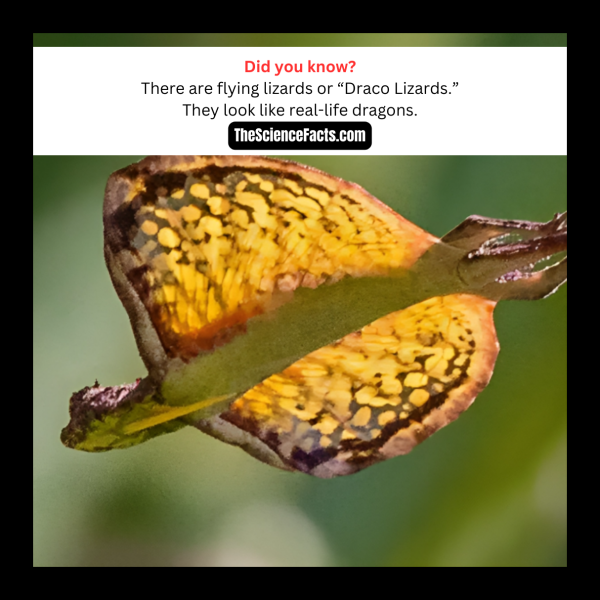
These lizards can expand as well as retract a set of extended ribs. That ability gives them the name “flying dragons.” Their skin folds between such ribs to fit snugly against the torso when they’re not in use. But when extended, they function as flaps.
Nope, they’re not blushing!
Lobsters use a unique blue pigment to merge with their surroundings and evade predators. There are two chemicals responsible for a lobster’s ability to disguise, which are astaxanthin and crustacyanin. Because they cannot produce astaxanthin, lobsters must acquire this from their meals.
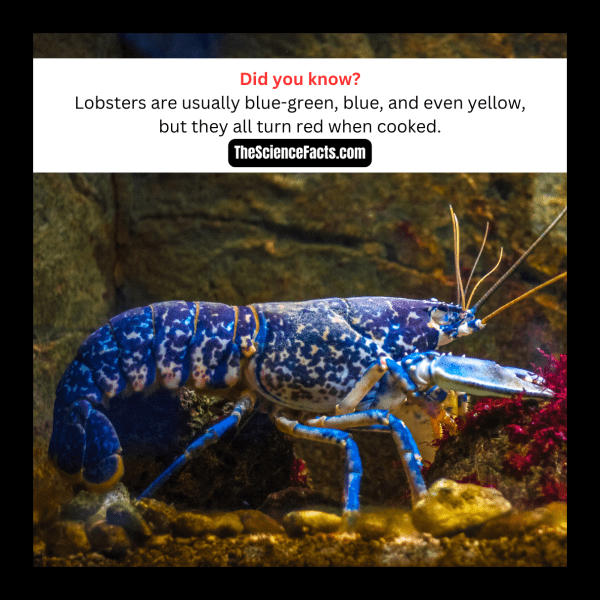
Living lobsters are a blueish-green color when the pigment is present. The protein crustacyanin alters the pigment’s color, which twists the molecules and changes how the animal reflects light. The protein then releases the pigment once lobsters get roasted to high temperatures. And that, folks, is why lobsters turn red.
Keep an eye on the sharks!
One of the most exciting things you’ll read today is that the anatomy of a shark’s eye is strikingly comparable to that of a human eye. The cornea, retina, pupil, lens, and iris—five essential components of the human eye—are also present in sharks’ eyes. Nature sure is impressive!

Most deep-sea fish only have rod cells in their eyes, but sharks have rod and cone cells, which is pretty interesting. Based on this finding, we may finally have an answer to how the Street Sharks could walk among humans and see everything!
Fishing for compliments
Anglerfish are found in the ocean’s depths, where food is limited, the pressure is extremely high, and the waters are frigid. They are one of the most intriguing creatures that live in the deep. They are incredibly different from any other aquatic creature.
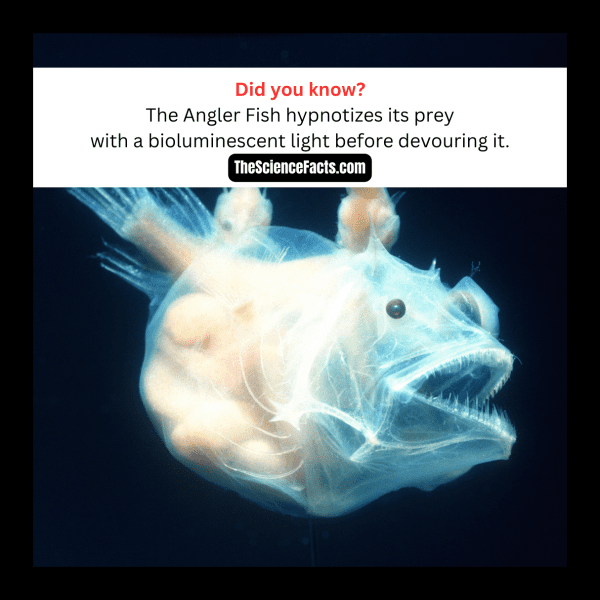
That’s mostly because of their hideous visage, peculiar hunting style, and the female’s interaction with the opposite sex. That glowing part (esca) at the end of the stalk (illicium) acts as bait. The prey are attracted by the light, and once they’re nearby, the anglerfish devours them with its sharp teeth!
It’s a 0 on the pH scale
Vultures happily devour festering meat that would undoubtedly infect people or any other creature. These birds snack on hazards and death. How do turkey vultures do it, though? Well, since these feathered scavengers possess some of the world’s most acidic stomachs, they can eat anything they want!
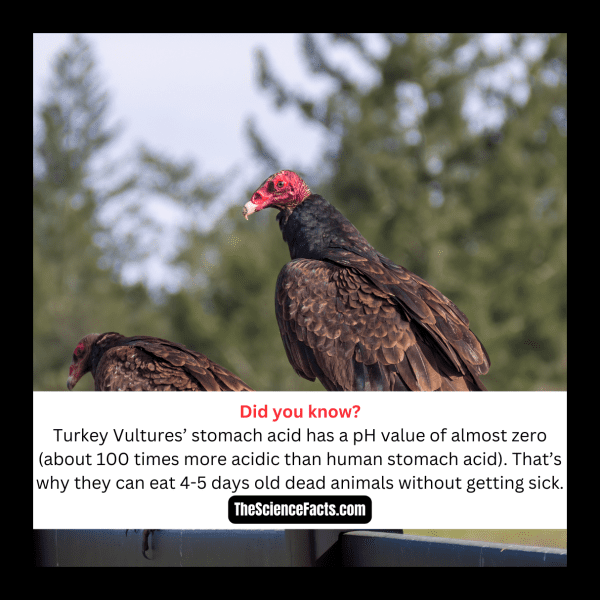
Scientists reported that these animals have furiously acidic gastrointestinal tracts and intestines brimming with two vile varieties of bacteria. That explains why they can eat multiple times a day without getting full. Nature can get pretty extreme when the occasion calls for it!
Man, that’s old!
The oldest creature on the planet is or has been Ming, a 507-year-old sea snail. Sadly, scientists accidentally damaged it. During an expedition in 2006, a team of researchers found Ming on a seafloor off the coast of Iceland. At the time, it was about 405 years old.

The mollusk was listed as the oldest creature ever discovered at the time in the Guinness Book of World Records. Nevertheless, the long life of the bivalve mollusk was cut short by the British academics, who accidentally killed the creature while they examined it!
By the strength of Zeus!
The Hercules beetle is a member of the largest species of rhinoceros beetles. Compared to certain other rhinoceros beetles, the Hercules beetle is substantially larger and stronger. They are immediately identifiable thanks to the enormous “pincer” form of their two horns.
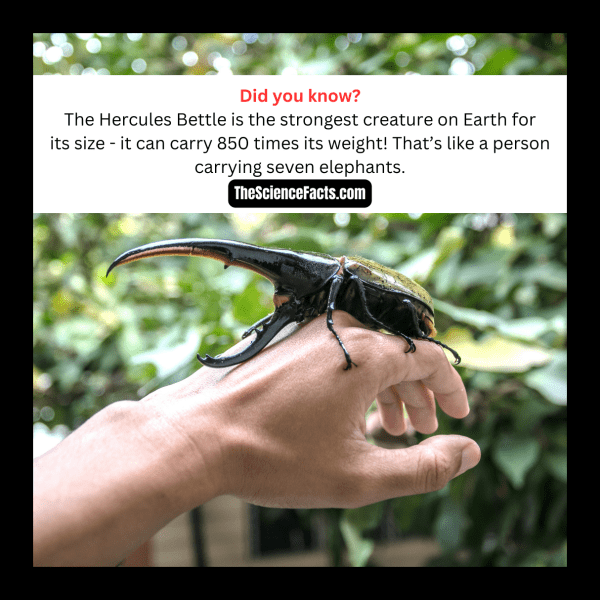
These big horns are used in fights between males. Multiple males are frequently drawn to a female due to the males’ biochemical and auditory appeal towards them. The two males fight each other by attempting to raise one another using their horns. A fun fact is that they can lift over 800 times their weight!
I can hear you just fine!
Do you know when a tiny person has a powerful voice? It’s pretty interesting to think that small creatures can have such a loud and resonating tone. And the noisiest beetle on the earth can produce sounds over 99 decibels when they’re as tiny as two millimeters long!
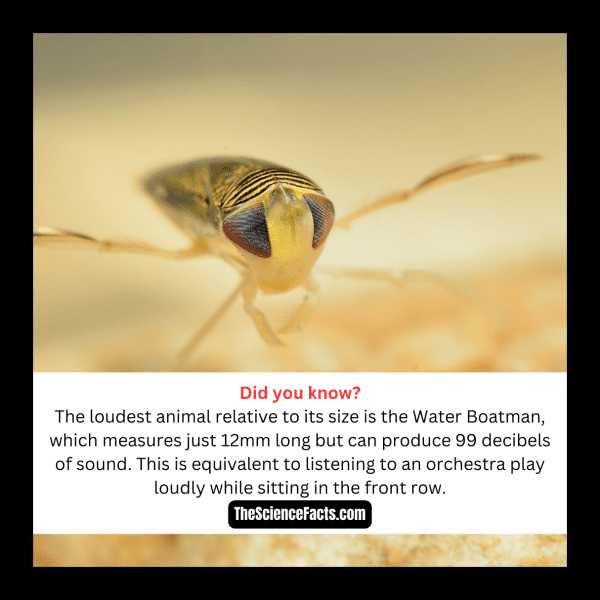
When these insects rub their body parts, they produce sounds that are as loud as watching an orchestra from the front row. The male, which may be seen all over Europe, tries to entice prospective mates by stroking his manhood against his own belly while submerged, which is also called stridulation.
How far can a tiger jump?
Tigers are exceptionally powerful and quick creatures. Depending on their size, an adult tiger may reach about 10 feet long, stand 4 feet in height, plus weigh over 650 pounds—which means that tigers are the largest members among big cats on the planet.
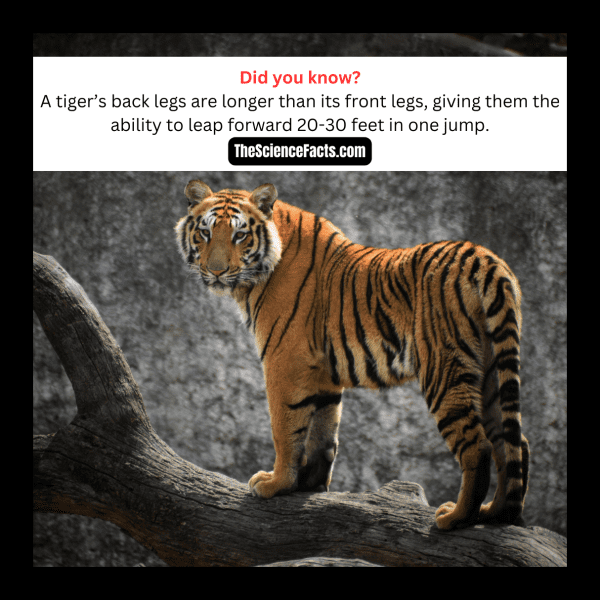
Despite their large size, practically all of their size is composed of strong musculature. In addition, close to 70% of a tiger’s body mass is made up of muscles, making them incredibly strong. They can jump 25 ft horizontally and over 12 ft upward. So pray that you will never encounter one!
That ought to hurt!
Among all creatures, the saltwater crocodile possesses the strongest bite, averaging 3,700 psi. Dr. Gregory Erickson, a lecturer at Florida State University who has examined the biting forces of all crocodile species, devised a very safe and clever way of making this discovery.
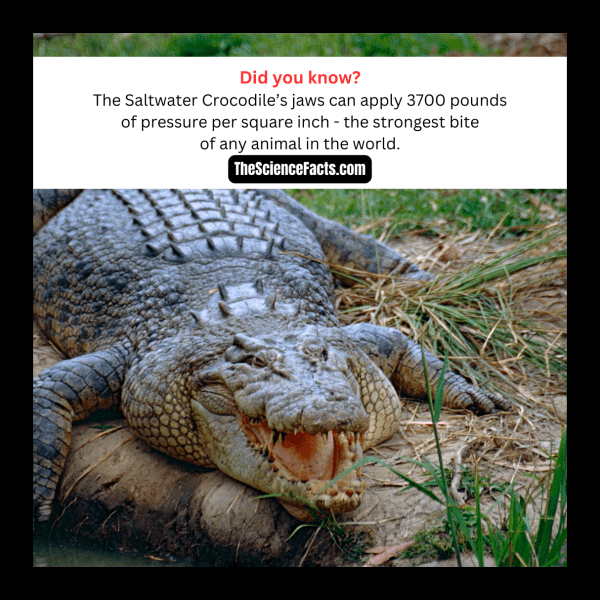
He used a stick with a gadget attached to the end in order to quantify the power of a 17-foot saltwater crocodile’s bite. The researcher investigated various species and found that saltwater crocodiles have the strongest bite. In other words, keep away from these creatures!
Most lethal serpent ever!
What adds the “death” part to the name “death adder”? Well, this snake possesses fangs that are a little over 6mm in length or roughly a fourth of an inch. That is enough to thoroughly puncture the skin and cause a lot of damage!
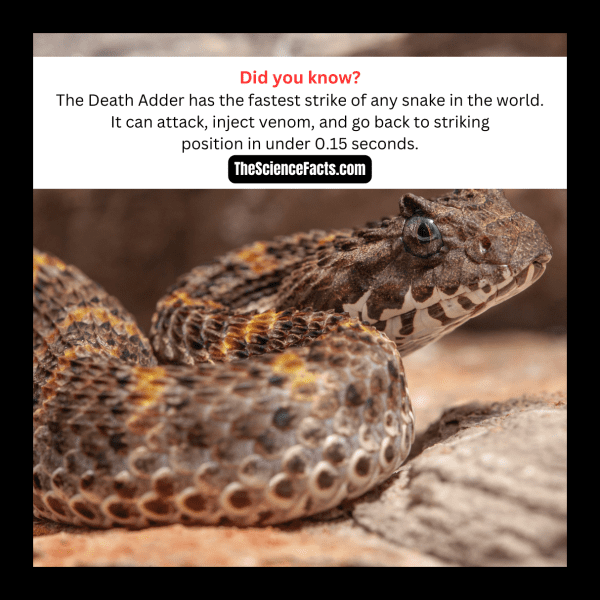
The death adder injects around 100 mg of venom into every bite. If the prey is way too big, these snakes may even inject up to 230 mg in one single bit! And do you know how much death adder venom is enough to kill prey? Only 10 mg! This just proves how cruel these snakes are.
How is this even possible?
Have you ever heard of cockroach milk? In 2016, a multidisciplinary group of researchers examined the nutrient profile of the milk-like liquid produced by female Pacific beetle cockroaches. They even feed this milk to their young. And you won’t believe what these scientists discovered.
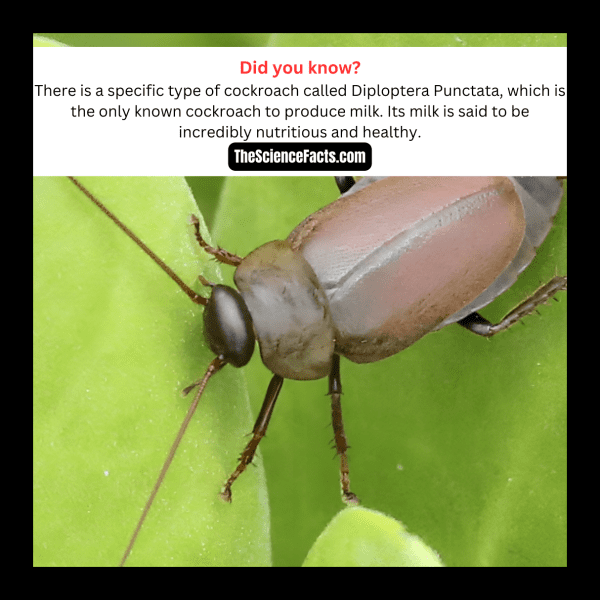
They found that the planet’s highest nutrient-dense compound is cockroach milk! This “milk” is actually a yellowish substance that crystallizes in the bellies of the offspring, so it’s not milk as we know it. We’re thankful for that because we sure wouldn’t start drinking cockroach milk, no matter how healthy it was!
Small fry
“Larva” is the term used to address a newborn octopus. A young octopus is referred to as a juvenile once it has passed the larval stage. Both male and female octopuses pass away shortly after giving birth to their young. Talk about a tragic story!
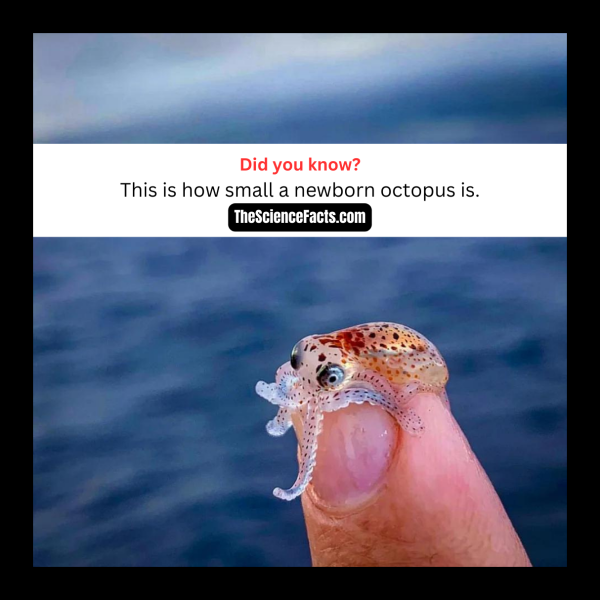
You’ve probably seen a lot of things in your lifetime, but a tiny baby octopus was probably not one of them. See how adorable it is? And there are approximately 300,000 more from where this one came from. That’s how many eggs Mommy Octopus deposits before she becomes a star (in the sky)!
Yautja vision!
Is everybody blind to UV light? No, basically. Aphakia is a disorder that causes people to be able to see UV light rays. That disorder is simply the absence of an “eye lens,” which is frequently the result of surgery or heredity. They can see outside the visible light spectrum.

People without this “eye lens” can see UV lights, but the downside is that they have fuzzy vision and farsightedness. Certain animals can also see ultraviolet light. Scientists have long recognized the existence of this skill in bees. Most birds and reptiles can as well, which is pretty enviable.
They’re not ZZ Top fans!
Zyzzyva seems to be the final word across several dictionaries written in the English language. The name of this South American-based creature is sometimes attributed to Thomas Lincoln Casey Jr, a wildlife researcher. But nobody knows how or why he chose that particular name.
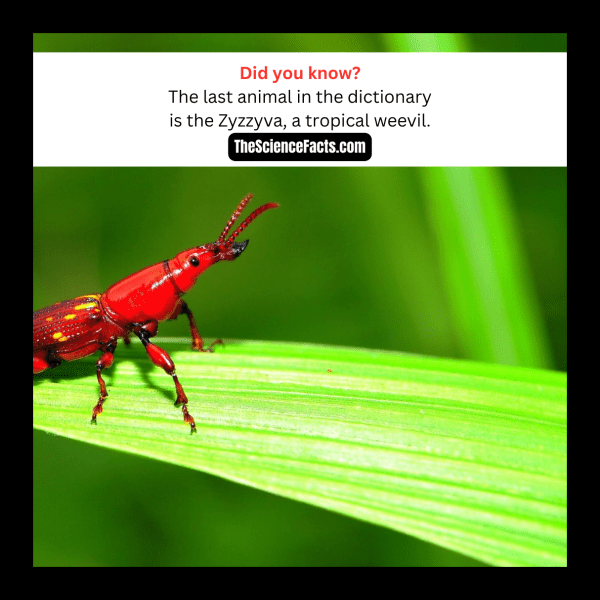
One suggestion could be that the term was derived from Zyzza, a defunct genus of leafhoppers. An entomologist at the Museum of Natural History in NY argued that Casey invented the phrase “to have the last word” as a prank.
You don’t want to come across this one!
Leopards are excellent climbers and are cautious of tigers and lions. As a result, they flee to a tree for protection. Additionally, they place kills in treetops to keep other predators from stealing their food. And while we’re scared of leopards, they’re scared of tigers and lions!
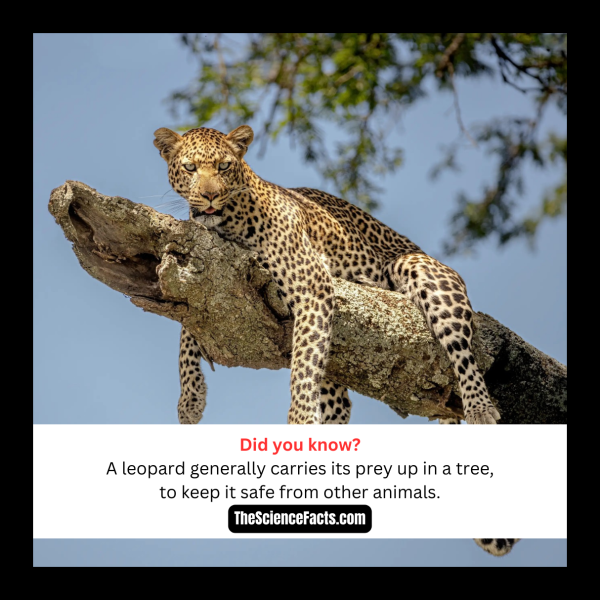
How does this piece of information change your life? Well, it’s good to know that even the scariest predators are scared of other predators. And it’s also really important to know that if we ever get chased by a leopard, trees are not a safe spot to hide!
Champions when it comes to waiting with bated breath!
Did you know that scorpions inhale through their four-pair of lungs? These lungs are found on the bottom of their bellies. Certain scorpion species may survive submerged for up to two days. They are unable to breathe underwater, so they need to hold their breath. Man, scorpions are incredible!
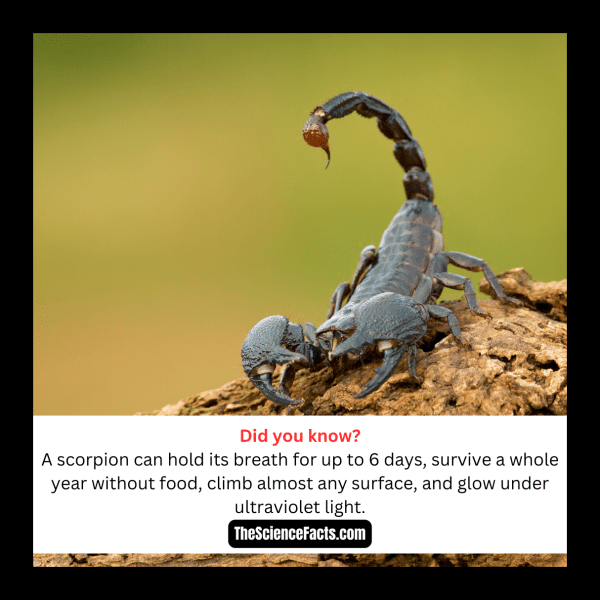
They breathe similarly to people and other animals, taking in the air via the lungs and allowing it to enter their circulation. It seems like Tom Cruise had some hot tips from scorpions. Remember that scene in Rogue Nation where he holds his breath for six minutes? Hardcore!
Gluttony in its purest form!
We all know how discomforting it can feel when you eat too much. But if you love food and you just can’t help yourself when you see delicious food, make sure to take medicine to ease your stomach afterward. Though you should always have a sense of what you consume!
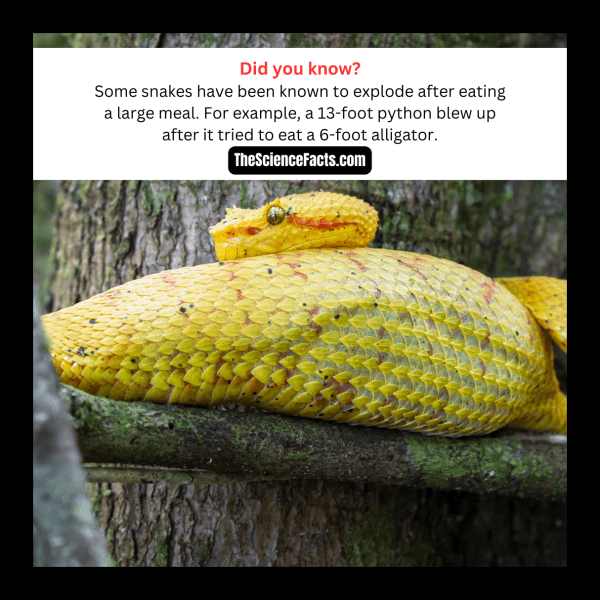
That was not the case with this python. It went on and swallowed a six-foot alligator. The problem is that the alligator was too much for the snake. The strain was too much, and the python just blew up! If it didn’t end up in a fatality like this, the alligator could have sustained the python for months. What a gruesome way to go!
A Quiet Place – Here We Go Again!
Snakes lack an outer ear structure, like many other reptiles. Nevertheless, they possess hearing organs in the form of ear bones in the skulls. They just don’t have a middle ear or an external ear. One middle ear bone joins the inner ear towards the jaw, and that’s how they hear things.
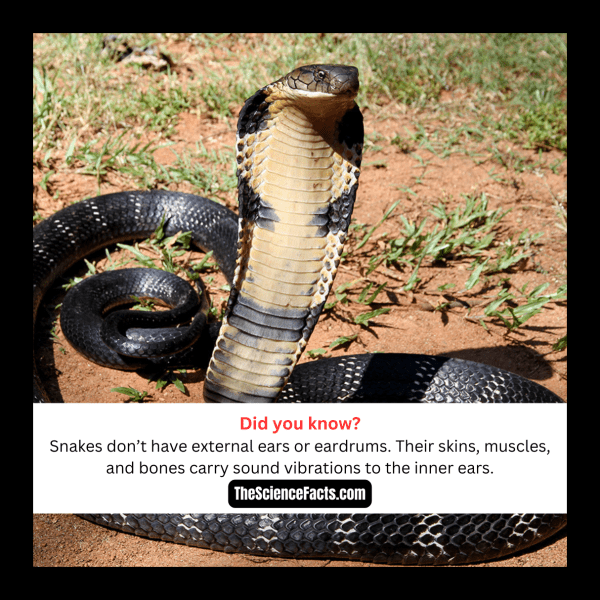
Snakes can pick up tremors from things like a predator edging closer to the jungle floor. They are less adept at hearing the sounds that travel through the air. Snakes can only hear a specific band of low frequencies due to their ear structure.
Peek-A-Boo!
Canopy feeding is a practice that benefits the black heron greatly. We don’t know why, but fish are usually drawn to darker spots. With that in mind, the black heron uses its wings to attract all those poor fish who think they’ve found a safe shelter.
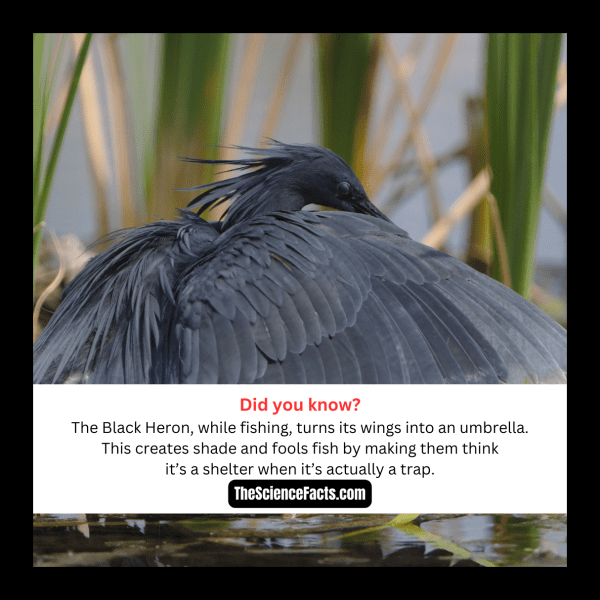
If we didn’t know that this bird was seeking food, we would’ve thought that they were just trying to find a mate to play peek-a-boo with! But we have to admit that black herons are pretty clever for using their wings to get food.
That tortoise is so old…
Galápagos tortoises, often known as gigantic tortoises, are one of 13 existing species of tortoises. With an average lifespan of more than a century, such reptiles are the land vertebrates with the greatest life spans. The record-holder survived to be 175 years old!
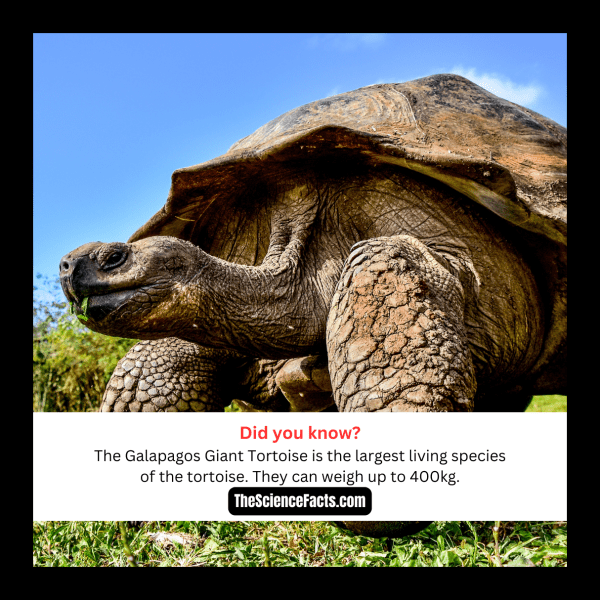
They are also the biggest tortoises on the planet, with some individuals growing to over 500 pounds and five feet long. Only around 15,000 tortoises remain in the wild now, even though the islands were originally considered to host at least 250,000 of them.
Are you OK?
This is one of the most beautiful birds you’ll see today (and in a long time, possibly). This species is unique to the Philippines, and it’s known as the Bleeding Heart Pigeon. The community of this species is incredibly tiny and extensively scattered. Unfortunately, it’s yet another severely endangered species.
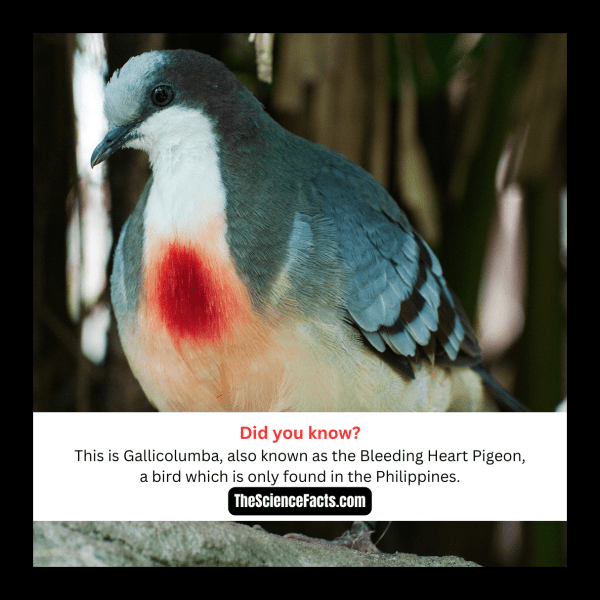
This bird is found in two islands in the Philippines, but these islands are progressively losing forest cover at alarming rates. The saddest part is that things didn’t have to be like this. If humans knew how to care for the world, no species would be endangered!
The Monkey Orchid
Given how uncommon this orchid is, there’s a good possibility you won’t encounter it in person. It grows inside the cloud mountain ranges of Peru as well as southeast Ecuador at elevations of three thousand feet and above. Perennial orchids like this have a long lifespan.

Isn’t it adorable? Some of these orchids look so much like a monkey that one could think it’s a Photoshopped image! It takes about seven years for these orchids to begin flowering, so you have to be really patient if you ever want to grow one of these pretty little things.
Hold my hand!
When dozing in the ocean, sea otters join hands to prevent floating apart and getting separated. Male otters are concerned about losing their partner to another male while they sleep. As they move as a unit away from land, linking arms actually protects them from predators.

Otter fur is pretty dense. Instead of being shed all at once during a particular season, it is replenished progressively. They must maintain their fur to maintain their inherent buoyancy because their hair aids in keeping them afloat in the sea, which is pretty awesome.
We didn’t believe this was real!
We didn’t believe this at first, but this chicken is actually 100%; even its heart is black! As one might expect given that it is entirely black on the interior and out, it has been linked to dark magic, particularly in its native Indonesia.
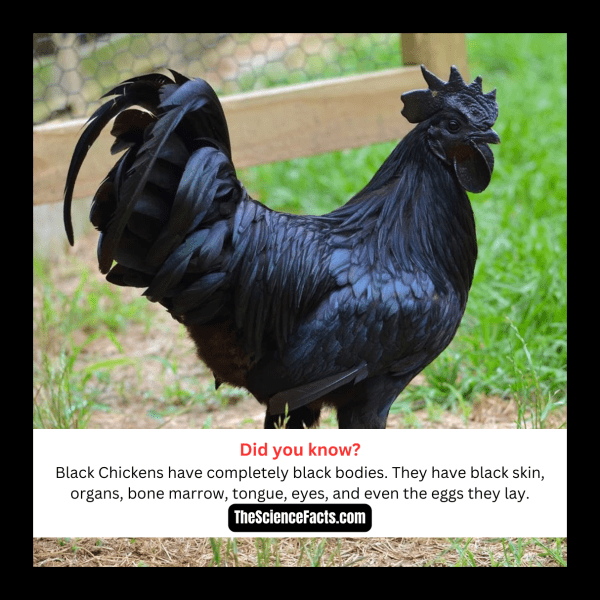
The parent breed doesn’t exist anymore, so it’s hard to tell how this black chicken came to be. This fascinating bird, which also has a pretty distinctive crow, was once employed by seamen as foghorns on their boats. We wonder if they lay black eggs!
Pip, pip! There goes the shell!
Whenever a reptile egg is just about to hatch, they use an “egg tooth” to break through the air sac between the membrane and the eggshell. After a few hours, this helpful tooth goes away, which is pretty fascinating. And the name of this process is almost as cute as this baby turtle.
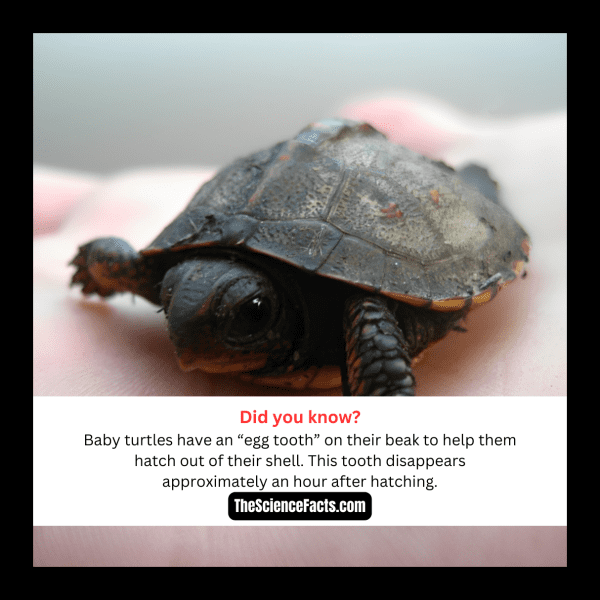
The process is called “pipping.” It involves continuously pressing the egg tooth through the shell as the embryo spins. They do that until a part of the blunted end of the egg cracks, creating an opening for the turtle to squeeze through.
“Sniff, sniff”
There’s not a single person on the planet who can say they’ve never cried. Even if you don’t cry now, you certainly used to cry as a baby. When we cry, tears come out from the lachrymal ducts within the eyes. These tear ducts are located inside the lower eyelids.

These ducts in your eyelid let out tears that travel to the nasal cavity invisibly. The outcome is a runny, drippy nose. It’s amazing how unique human anatomy is once you start reading about it. Whoever said that the body is a universe wasn’t wrong!
Hairy pigs?
This old-world variety of pig is native to Hungary and is referred to as either the Mangalitsa or Mangalica. Its name, pronounced “man-ga-leets-ah,” translates to “hog with a lot of lard.” One look at these adorable things, and you know it’s true.

Mangalica pigs have a bunch of natural curls that make them look like sheep or adorably furry dogs. The fleece is often golden but can sometimes be crimson or black. The Mangalica will be the last pig to wear this peculiar fleece. And the sad news is that this species is almost extinct!
Birthing pains
Kiwi birds are not exactly large, but their eggs sure are. Precocity is possibly linked to the kiwi egg size. Because of the enormous egg, kiwi chicks are born with a stomach full of yolk, which they could use to survive for the initial two and a half weeks of their lives.
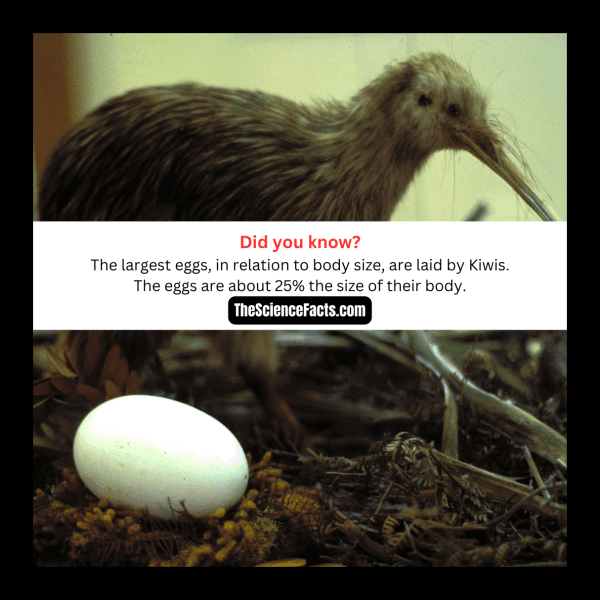
Producing a bird that can easily avoid being killed from above may be worth the discomfort of the large egg; especially in an environment with so few ground-dwelling egg-eating carnivores but so many chick-eating aerial carnivores (i.e., New Zealand before the arrival of mammals).
Red-eye effect
You’ll get red pupils in photographs when the camera flash (or another intense light output) is mirrored off the retina. The issue, particularly for photographers, would be that some light reflects directly into the camera’s lens. Don’t worry – this effect doesn’t mean something’s wrong with your eyes.

It’s just that not all of the reflected light is collected by the camera lens. The red hue you see in photographs is created whenever the light is reflected, which highlights the dense circulatory system of the soft tissue in the rear of the eye.
Where’s my toupée?
This next animal is so interesting, especially because it doesn’t look like an animal. This tiny creature was referred to as the Asp Caterpillar or the Flannel Moth Caterpillar, but it also gained a new nickname recently. The golden hairs on the young caterpillar really aren’t merely fluffy hairs. So don’t go petting these things!

Does that caterpillar remind you of a certain someone’s toupée? Unfortunately, this is not just an uncanny doppelganger of that infamous toupée. This is one is really poisonous. That walking wig is actually covered lethal spines that can release strong toxins!
A sleeping bee for your troubles
Compared to female bees, male bees typically spend much more time sleeping in wildflowers. All wild male bee species frequently snooze among flowers. These bees can be observed gathering at nightfall to rest in one place in bunches. It’s really cute!
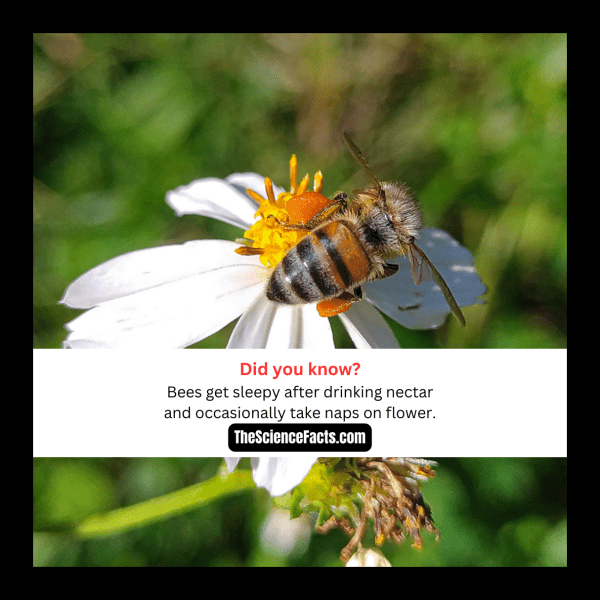
Most female bees, unlike males, frequently fly home towards the end of their day. Throughout the day, they consume floral nectar, and then at night, they sleep in the hives. The males consume nectar throughout the day and spend the night camped out inside the same blooms.
American to the last feather!
Bald eagles spend one to three months carefully and methodically building their nests. Although the female frequently takes the initiative in constructing the nest, whereas the male provides material, nest construction is primarily a joint activity. Now that is teamwork, right there!
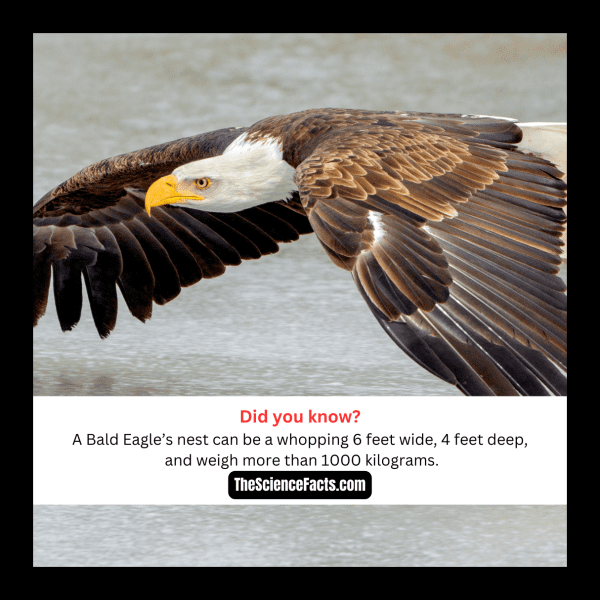
A Bald Eagle’s habitat is distinguished by its size, which ranges from four to five feet in diameter, and two to four feet in depth. Each year, bald eagles add one to three feet of supplementary material to the nest. Really shows how much perception matters!
Taxi!
Japanese monkeys are frequently seen perched atop sika deer, which is quite unusual. In Japan’s woodlands, the two species coexist amicably. Since the monkeys clean as well as eliminate parasites from their deer buddies, they have a pretty good arrangement going on.
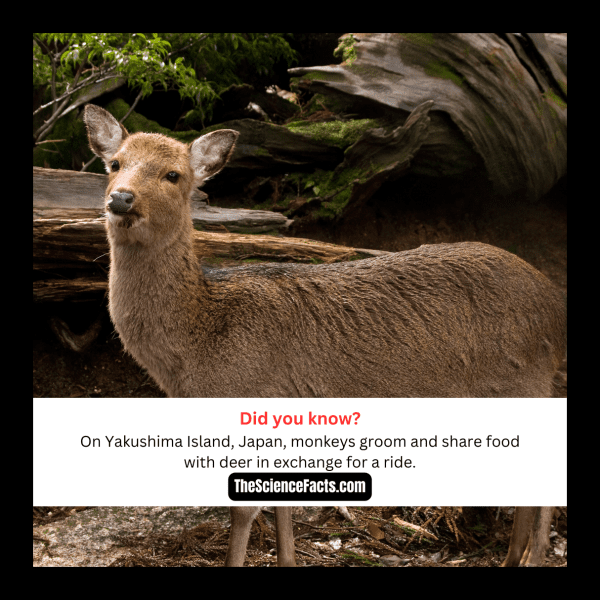
On top of helping the deer get rid of unwelcome guests, the monkeys also help them get more fruits and seeds. This friendship is advantageous to both sides. Sometimes, the arrangement for the monkeys even includes a small ride. Like a jungle Uber of sorts. A Juber, if you will.
What is happening?
When we look at power lines, we don’t really see anything than a bunch of metal structures and power cables. If you touch one of those cables, you’re done for. Luckily, they’re too high up in the sky for humans to reach them. But what about animals?
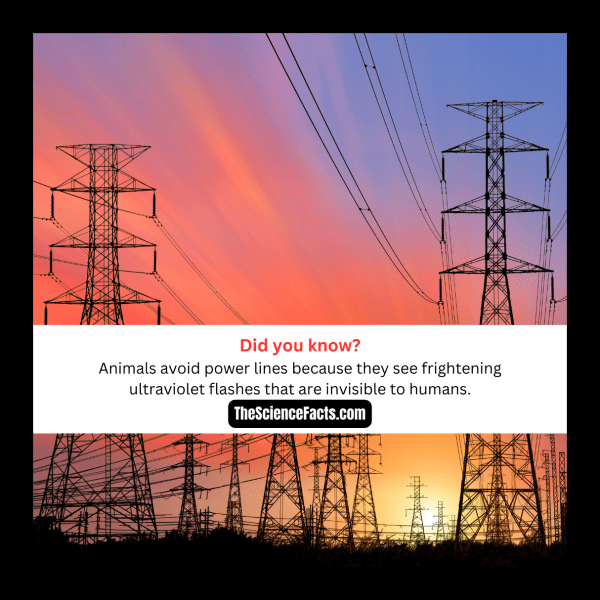
These power lines have ionized gases that release flares as they evaporate. The phenomenon is recognized by power companies, who work to control it because it represents power leakage. Animals who can see in the UV spectrum see this as huge flashes of light, which freaks them out. That’s how they avoid getting electrocuted.
A nutty venture
When it’s too cold for squirrels to venture outside in search of food, they conceal nuts and seeds to keep themselves fed. Squirrels don’t hibernate like many animals; they stay busy all winter. That doesn’t mean they don’t take the time to get some rest.
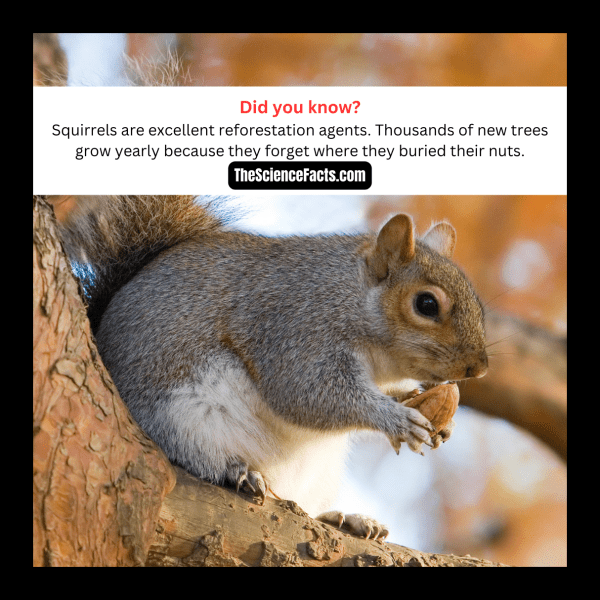
Squirrels choose not to dredge their long-buried treasures to save energy. Squirrels could hide considerably more food than they could consume in their sheer insanity. The seeds that are left behind could grow into strong trees. That’s how they give back their due!
The key to eternal life is a frog.
Wood frogs are extraordinary creatures that endure months of hibernation without the need for a heartbeat. That’s because a significant portion of its anatomy stays frozen during winter. The bulk of all other animals perishes when their hearts cease pounding. But wood frogs are above that.
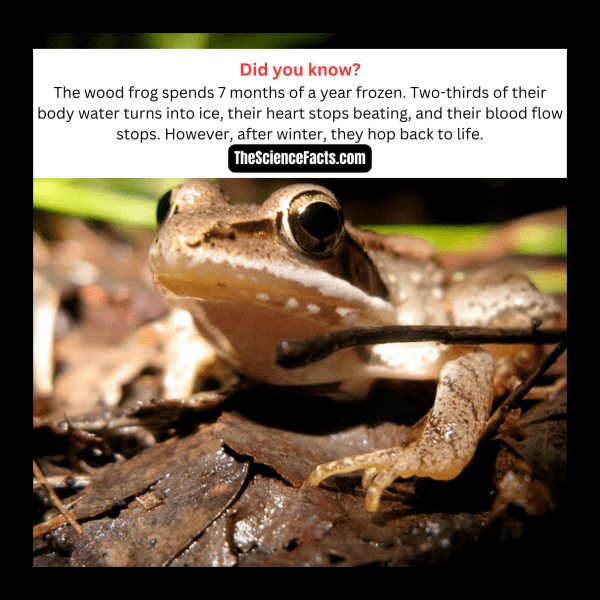
Although their organs nearly entirely shut down, the frogs are unharmed by freezing and resume their normal activities when springtime temperatures rise. If the scientists manage to crack how that can be applied to humans, say hello to interstellar travel and immortality!
Green Revolution!
Every graduate from primary school through college in the Philippines, an island state in the Pacific, is now required by law to plant ten trees each before receiving their diplomas. This program is basically a way of saving the planet and helping students leave a legacy.

This act has been forwarded to the Philippine Senate for consideration. The law’s supporters see this as a chance for the young people of the Philippines to contribute to the fight against global warming and create a greener world for their future.
Slow down, partner!
Science says that the speed of light is unchanging. Apparently, it stays constant regardless of the way you measure it. Well, it remains the same until it comes across a diamond. These rocks are so powerful they can literally slow down light speed.

It’s not because diamonds are magical, even though they look magical. It’s just because diamonds have higher refraction, so the light seems to slow down. That’s a pretty interesting fact, and you should tell your significant other to get you a diamond ring just so you can see if this speed light thing is true!
Ah, so that’s why!
Studies have shown that the pelvic bones in whales and dolphins are not completely useless and do have a role. It turns out that the pelvic bones of cetaceans regulate oceanic movement, and that sexual selection probably has an influence on this.

The most interesting thing about this whole discovery is that scientists figured out that these pelvic bones mean that dolphins used to walk on land! We know that sounds impossible – but it was almost 50 million years ago, so who can tell?
